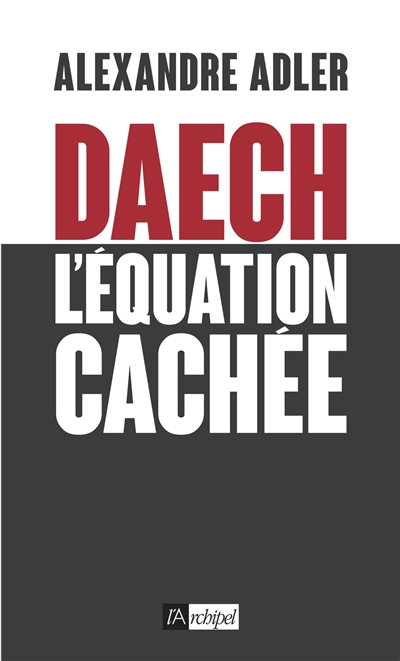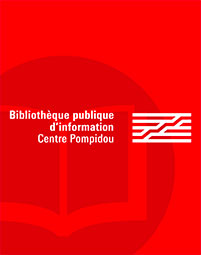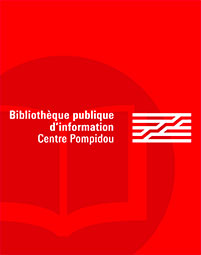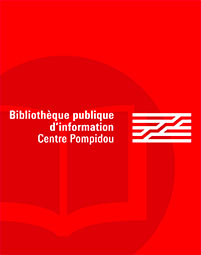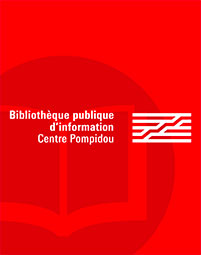par Adler, Alexandre (1950-2023)
l'Archipel
2016 -
-
Disponible - 320.541 ADL
Niveau 2 - Politique
Résumé : Analyse du bouleversement que représente Daech à la fois pour le Moyen-Orient, dont il met à mal les fondements des principaux Etats, et pour l'Occident : les actions militaires et les attentats, l'implication des forces occidentales dans la lutte contre le groupe islamique, la prétendue guerre sans hommes, etc. ©Electre 2016

 Les bibliothèques de la ville de Paris
Les bibliothèques de la ville de Paris
 Les bibliothèques universitaires
Les bibliothèques universitaires
 La BnF
La BnF
 L'encyclopédie Wikipédia
L'encyclopédie Wikipédia
 L'Encyclopædia Universalis
L'Encyclopædia Universalis
 La bibliothèque du film
La bibliothèque du film
 La médiathèque de la Philharmonie de Paris
La médiathèque de la Philharmonie de Paris

